Australia’s Qantas is the oldest airline in the English speaking world and there is plenty of intrigue and glamour in its past. From the Secret Order of the Double Sunrise to naming routes after animals there really is something unique about this airline. This brings us to the little known Flight 580.
Today Qantas Flight 580 is a routine transcontinental service between Perth and Sydney. This 5 hour flight at lunch time is operated by the Airbus A330-200 featuring the latest in modern comfort. Things were very different in the past.
Flying On A V-Jet
Boeing 707s at Qantas were known as V-Jets. This is an obscure reference to the latin word ‘Vannus’ from which the English word ‘Fan’ is derived. What does this have to do with an aeroplane?
Jet engines were originally designed so that all the air went through the core of the engine to be ignited with fuel to produce thrust. Unfortunately this produces a lot of noise and smoke which is no good at all.
Commercial engines today are all turbofans and they have a large diameter due to the fan in the front of the engine. Certainly a Qantas Boeing 707 V-Jet is much more glamorous than a common Airbus A330. Most importantly, you now know why it has V-Jet emblazoned across the tail!
Glamorous Fiesta Route
Perth to Sydney is hardly a route anyone would write home about. It is the premier transcontinental route in Australia and features the best on board domestic service at the airline – but glamorous? Not at all.
Departing Sydney on Thursday each week, the aircraft flew to Nadi in Fiji. Continuing across the Pacific Ocean the next stop en route is Papeete in French Polynesia on Tahiti. While that is pretty amazing, it gets better. Acapulco and Mexico City are the next two cities served which is where the Fiesta in the route name comes from.
A Touch Of Intrigue
I love a bit of intrigue and this route makes me very curious. Clearly it is another route to London from Australia to rival the famous Kangaroo Route through Asia to London. The Fiesta Route also operated for quite a number of years with flights commencing in 1964 and still going strong in 1970.
Overall Thoughts
When I found out about this flight many years ago I thought it had one of the most glamorous set of destinations ever. Imagine having a week or two to get to London and stopping off for a few days at each place along the way. It would make for an excellent holiday on its own.
Do you know of any exciting routes for a single flight number? Did you ever fly on the Qantas Fiesta Route? Thanks for reading and please leave your comments or questions below.
Like planes? See my “Does anyone remember” series.
Flight reviews your thing? Mine are all indexed here.
Follow me on Facebook, Twitter and Instagram.
Featured image by Richard Vandervord, black and white image by Barry Lewis and both via Wikimedia Commons.
All other images from Qantas Heritage Collection via VH-JET#1 & Her Sisters.


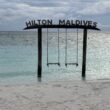

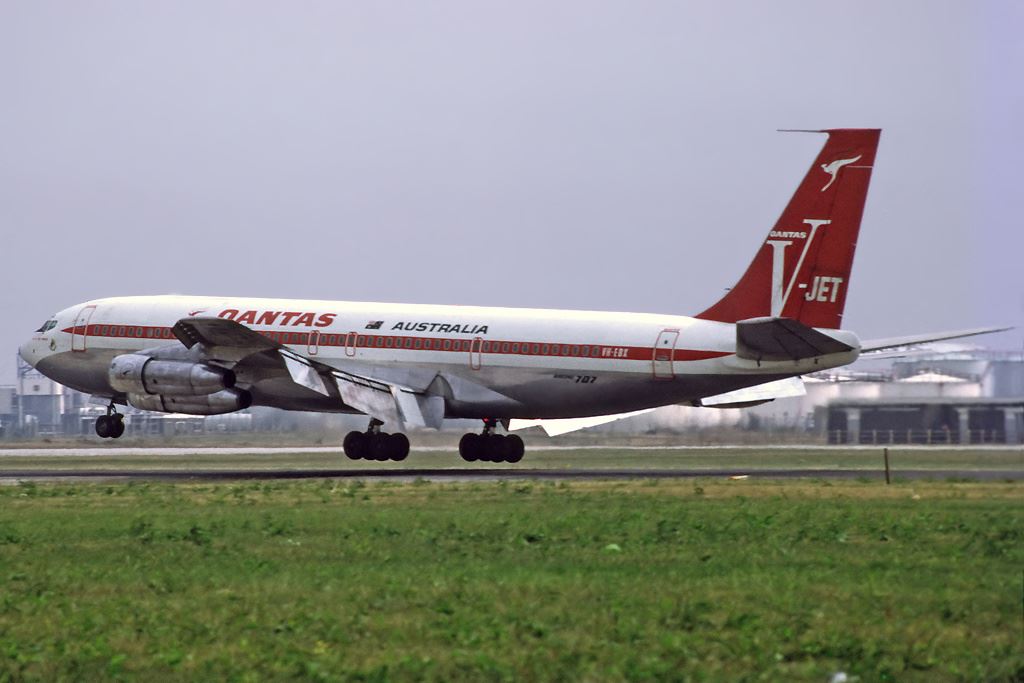
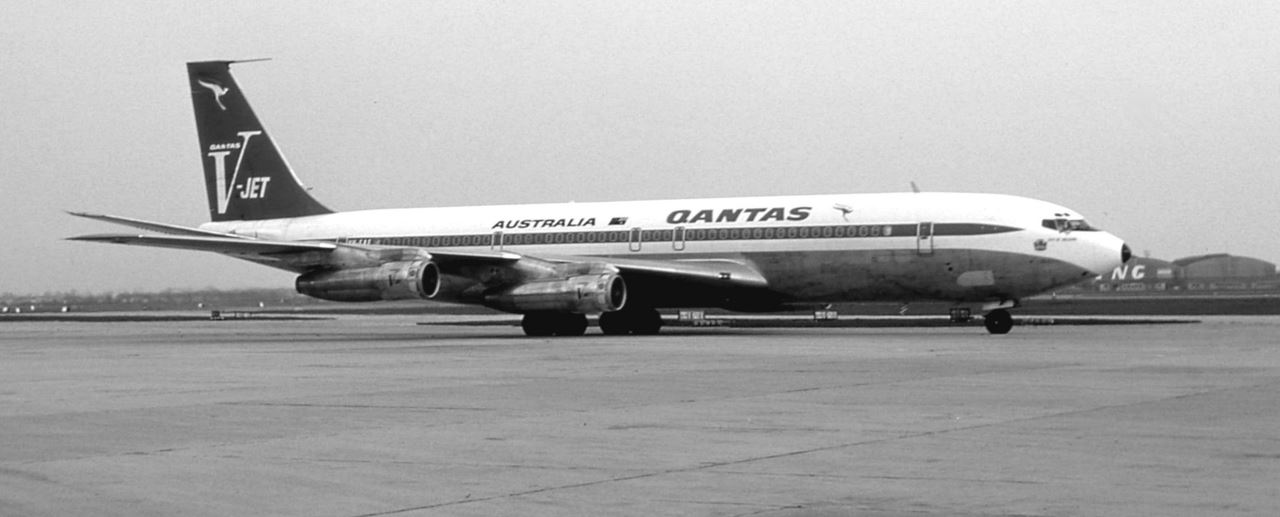
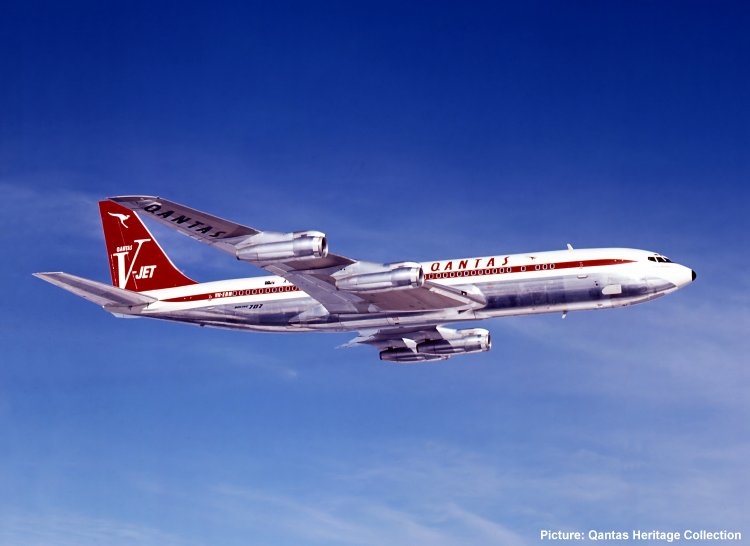
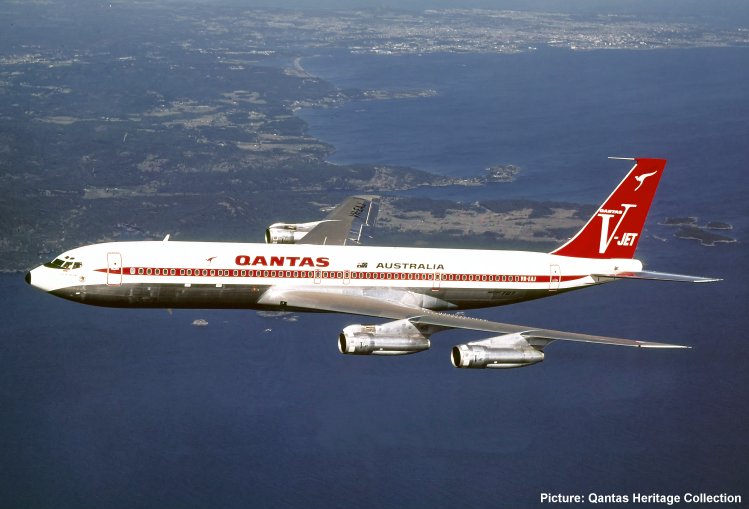
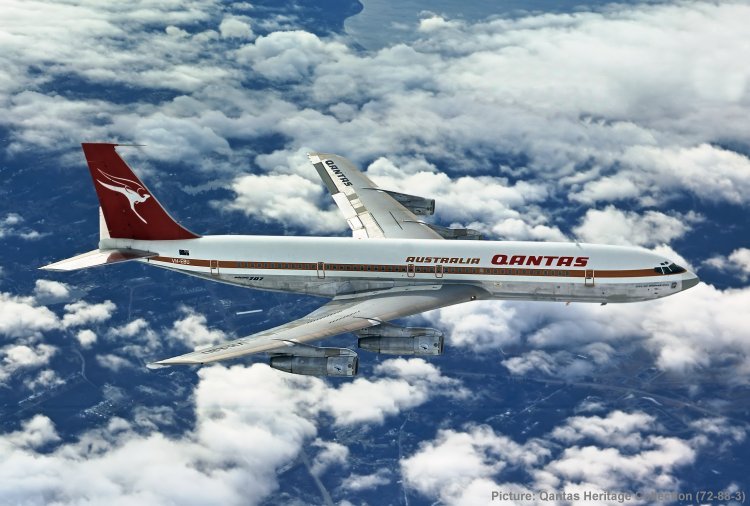


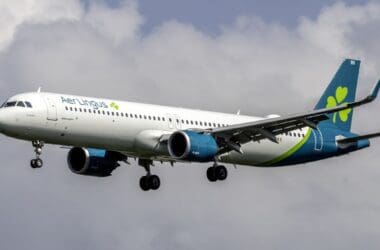
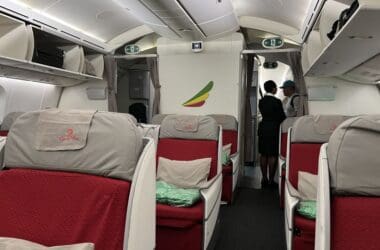
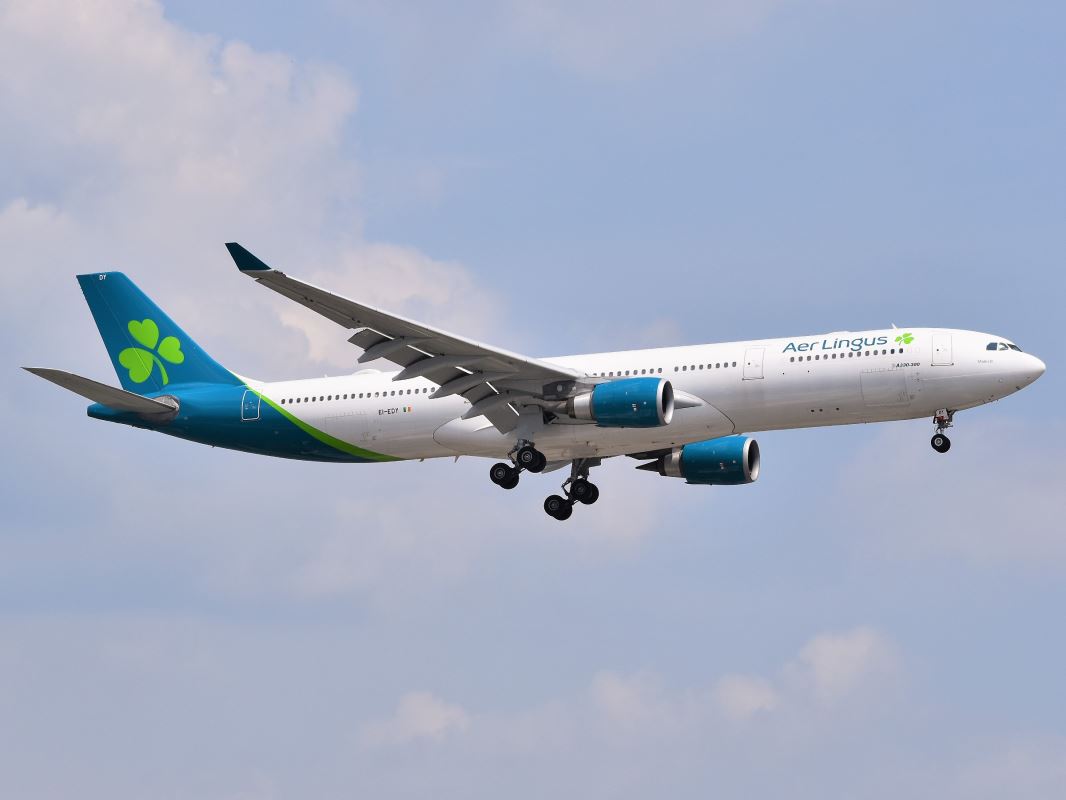
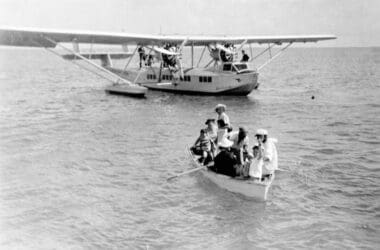
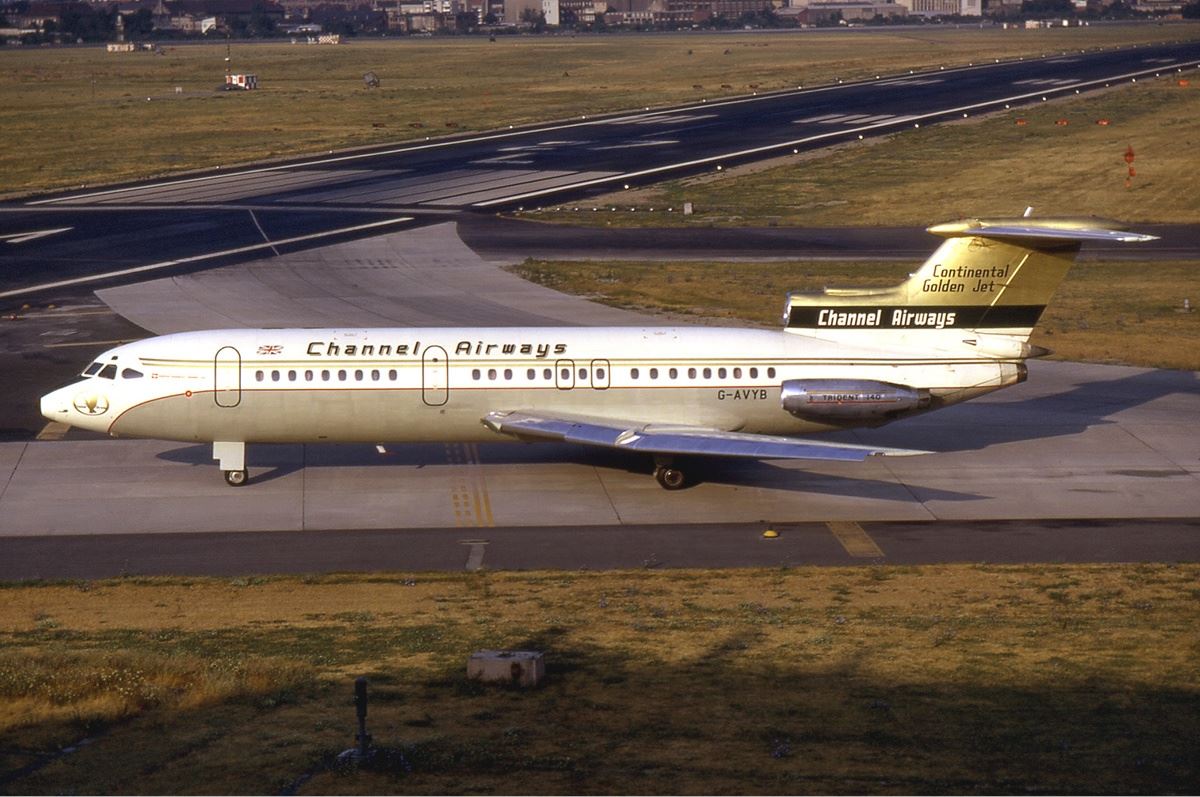

Here’s a snap of the tickets. £142 for Mum and £71 pounds each for the kids.
Thanks so much for this!! I had always wondered how much the tickets cost. Is that ticket price just the London to Mexico City or the full Newcastle-London-Mexico City and return? Not cheap for the time, that’s for sure. The picture is amazing, I wonder why the boarding passes were green. Appreciate this – I love seeing these kinds of things. Great that you kept them!
thanks for this, I’m researching a family trip from 1968. we took flight QF 581 from London to Mexico city 17th Feb 1968. aircraft was VH-EBX I have my V-jet club booklet somewhere with the pilots signatures too. I remember some issue with take off due to us carrying a spare engine on one of the island hops?
How cool that you did part of the Fiesta Route from London to Mexico City! Very jealous… great that you still have the V-jet club book too. The spare engine would impede take-off performance so it is possible that freight would have to be offloaded or something to take that into account.
I flew the Fiesta home in Sept 67 from London with a few days stop in Mexico City, picking up the terminating flight for the remainder, it went via Auckland instead of Fiji. Tomorrow I am on QF10 from London to Perth on my birthday. Feeling nostalgic!
That would have been some experience – and a lot of stops along the way! I have a feeling your QF10 is going to be something completely different all round. I hope you have a great flight – I’m looking forward to trying that myself sometime! Thanks for the comment!
Australia Qantas November 16, 1920 Still in operation Holds title of “Second oldest operating Airline by Years in service”[2] After KLM. As well as “Oldest Continuously Operating Airline in the World.”[3] Due to KLM suspending service during WW2.
That’s right! Thanks for the comment 🙂